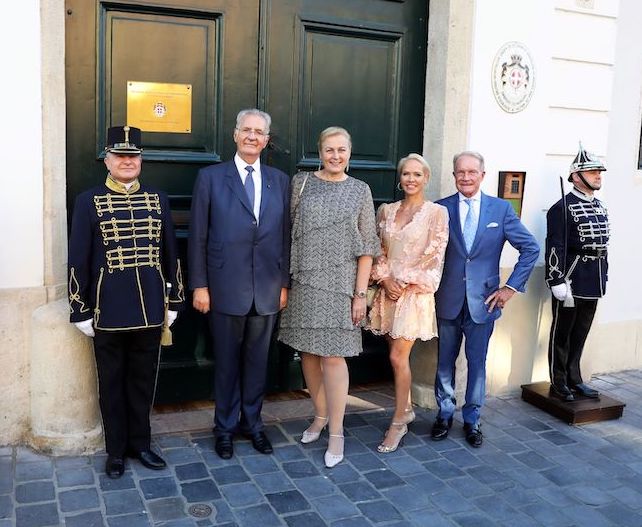Edited by Anna Popper
On the occasion of the Feast of Our Lady of Philermos, observed annually on the 8th September, the day of the Nativity of the Blessed Virgin Mary, the Ambassador of the Sovereign Military Order of Malta to Hungary, H.E. Dr. Heinz Anton Hafner and his spouse, Monika, hosted a diplomatic reception at the Order’s headquarters in the Buda Castle district. The celebration was attended by numerous ambassadors accredited in Hungary, members of the Order, the Mayor of the 1st district, representatives of friendly orders and Hungarian officials, including the Guest of Honour, President of the Curia of Hungary, Mr. András Varga. With his presence H.E. Archbishop Michael W. Banach, Apostolic Nuncio to Hungary also honoured the traditional event.



Following the anthems,




in his address, Ambassador Hafner welcomed the invitees and briefly introduced the Sovereign Military Order of Saint John of Jerusalem of Rhodes and Malta (SMOM), one of the oldest humanitarian organisations in the world that received recognition by the Pope 910 years ago. Their main activity is helping people in need without any discrimination. Worldwide the Order has 40,000 members (knights and dames), 80,000 volunteers and 42,000 employees. In Hungary they have 160 members, and all of them are personally engaged in social work and humanitarian service, demonstrating a commitment to their core values and a genuine desire to have a significant impact on the lives of those in need.
The Association of the Hungarian Knights of Malta, along with the Hungarian Charity Service of the Order of Malta, is known for its remarkable humanitarian work and endeavours within Hungary and beyond its borders. Their extensive network of 5-6,000 volunteers, 4,500 employees, and management of more than 350 institutions demonstrate their commitment to providing essential services and aid to the needy. Their notable efforts in Hungary, where they have been a significant force in addressing various societal challenges and supporting vulnerable populations, have earned them a reputation as one of the leading NGOs in the country. In addition, they take on and care for numerous special projects in the humanitarian, charity fields.
Moreover, their involvement is active in the neighbouring regions of Ukraine. Currently they are primarily providing aid to thousands of refugees in distress, who arrive in or pass through Hungary every day. It demonstrates their dedication to addressing humanitarian crises and providing assistance to people affected by conflict and displacement.


The Head of Mission also mentioned that Slovenia was hit by a major natural disaster this summer. The Order’s Ambassador to Slovenia then requested to forward their heartfelt thanks for the timely and effective help and relief to the affected communities in Slovenia, provided by Hungary and the Hungarian Charity Service of Malta, in the spirit of solidarity and mutual assistance in times of crisis.
The Ambassador concluded his speech in Hungarian by expressing his gratitude for the warm welcome in Budapest and for the great pleasure and honour to serve in this beautiful city.

The official part was followed by a reception, where all the invited guests enjoyed the friendly and relaxed ambience.













HISTORY OF THE ICON OF OUR LADY OF PHILERMOS

The icon of Our Lady of Philermos, patroness of the Order of Malta, the most sacred relic of the knights, to which they have been devoted and referred for centuries in the most difficult moments of their history. It is the symbol par excellence of the Marian spirituality of the Order. Few religious pictures have travelled as much as this small but precious portrait with adventurous history.
In 1291, the Knights of Saint John were forced to leave the Holy Land, the birthplace of the Order of Saint John of Jerusalem. In 1309 they settled on the island of Rhodes and found a sanctuary with a deeply revered ancient icon of Our Lady on Mount Philermos, a popular place of cult. According to legend, it had been brought there by a pilgrim from Jerusalem in the 10th century, painted by Saint Luke, the Evangelist, depicting the portrait of Virgin Mary. Around the year 46, it was taken to Antioch, the birthplace of St Luke. (He is also said to be the author of the famous Black Madonna of Czestochowa in Poland.) The knights considered it a sacred relic that connected them to the lost Jerusalem.
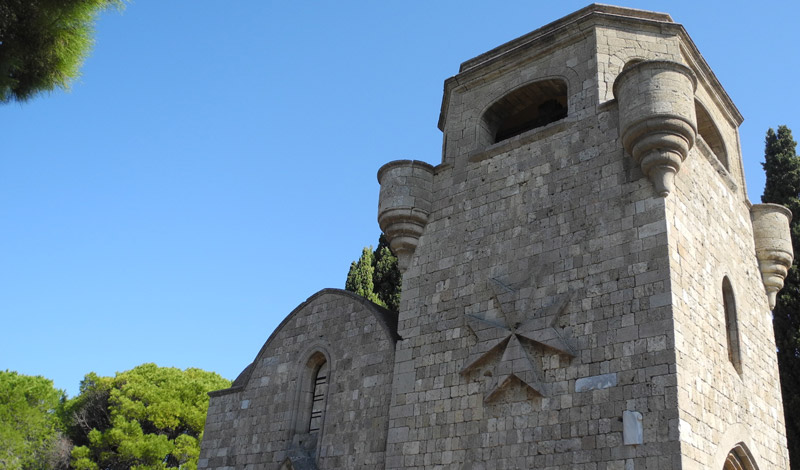
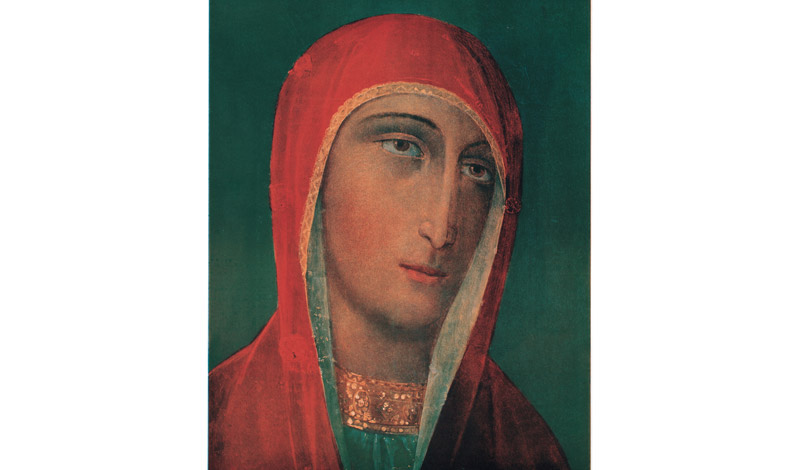
Their devotion was deepened by wondrous occurrences such as the victory over the Turks in the siege of 1480, which they attributed to a miraculous appearance of Our Lady and St John. The invasion of Sultan Suleiman the Magnificent’s troops in 1523 resulted in the loss of the island. The Knights, when leaving Rhodes, were allowed to take with them the Order’s most venerated and precious relics: a fragment of the authentic Cross of Jesus, the right hand of St. John the Baptist, and the icon of Our Lady of Philermos, which by then was honoured as the patroness of the Order and of the Mediterranean. The icon, of course, went to Malta in 1530 with the Knights of Saint John and was kept in the St. John Co-Cathedral of Valletta, where it was enhanced with jewels and stayed for more than two centuries.

When the knights were expelled from Malta by the Army of Napoleon in 1798, the icon accompanied them into exile. In 1799, the icon came into the possession of the new Grand Master, the Russian Tsar Paul I, and, by order of the Tsar, it was covered with a riza, a characteristic metal covering of icons, made entirely of gold and decorated with jewels, and only the face of Mary remained visible. The icon remained in St. Petersburg during the 1917 revolution.
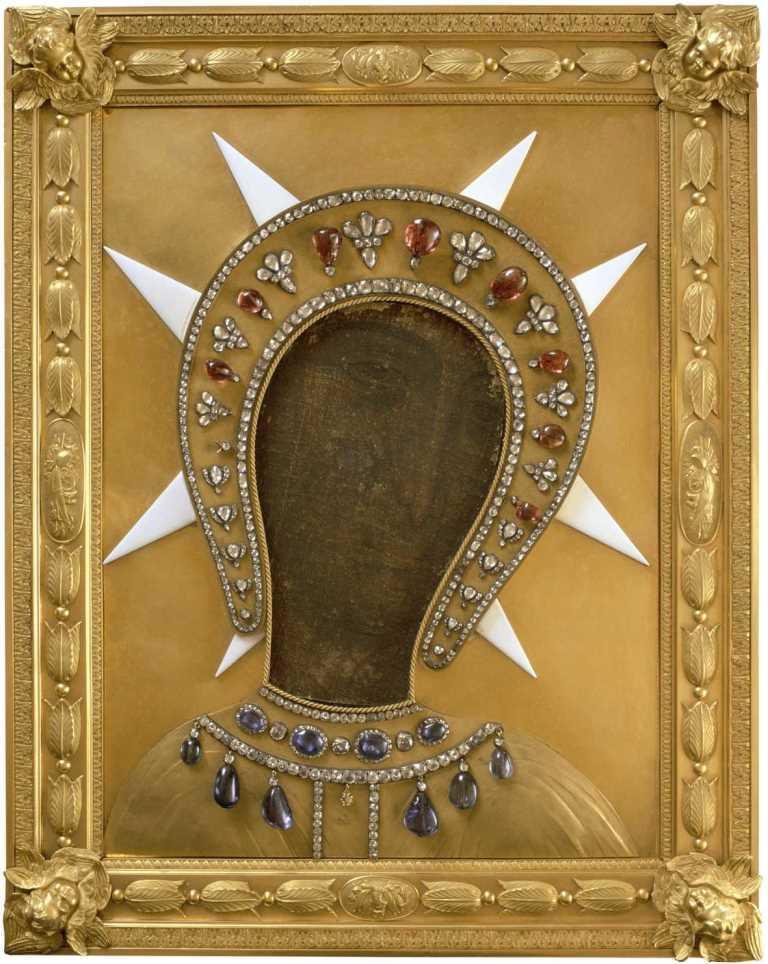
Afterwards, the dowager Empress of Russia, Tsarina Maria Feodorovna (the wife of Emperor Alexander III) kept it when she returned to her homeland, Denmark. After her death in 1928, the icon was taken to Berlin and then to Belgrade, into the care of King Alexander I of Yugoslavia, from where it mysteriously disappeared during Nazi bombings in 1941.
Following long searches and investigations, the icon resurfaced intact in 1997. Today, the original icon of Our Lady of Philermos, a unique relic with a great historical past, is kept and exhibited in the National Museum of Montenegro in the old town of Cetinje.
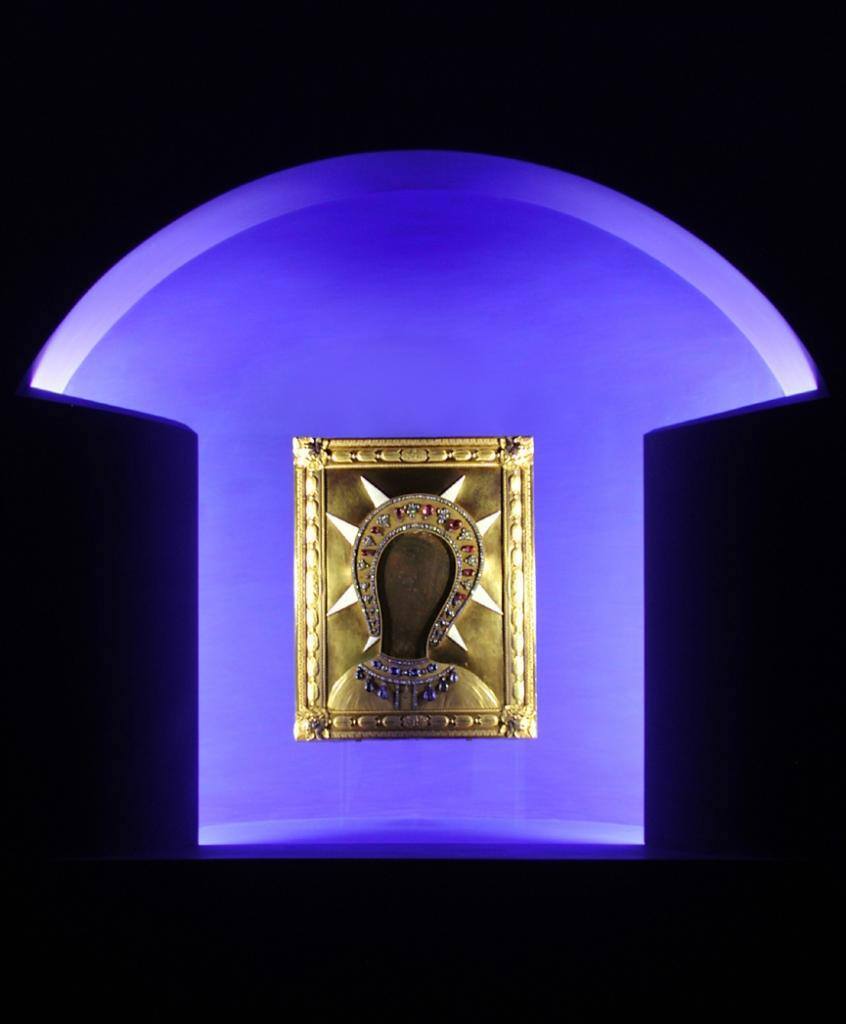
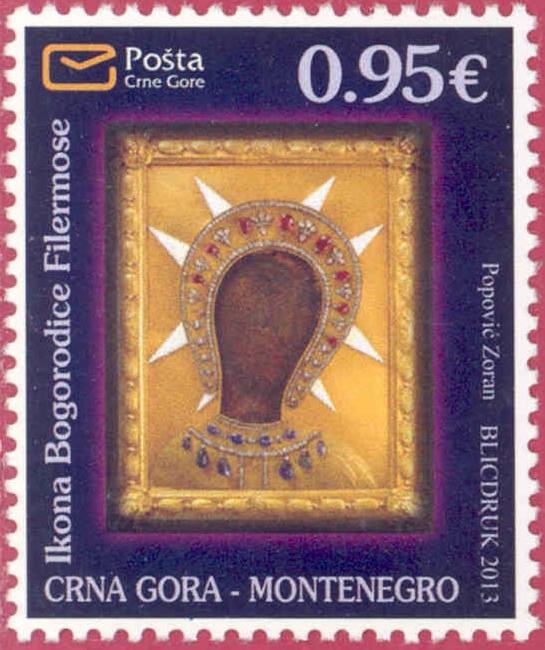
Source: Embassy of the Order of Malta in Budapest
Photos by SMOM and DPA





